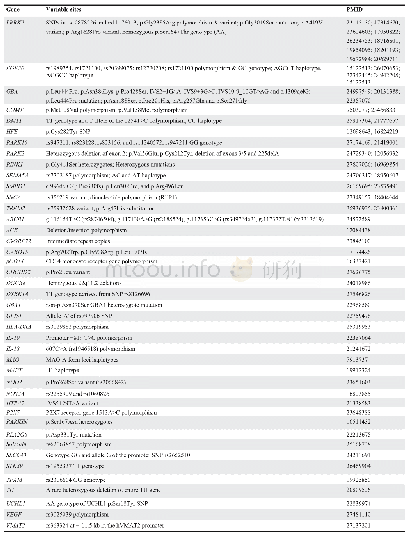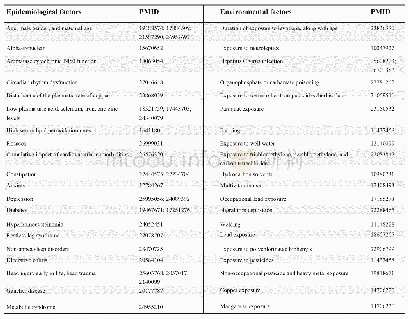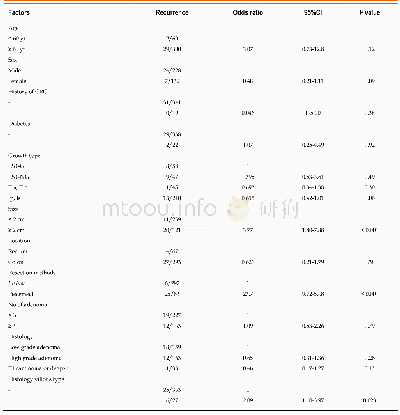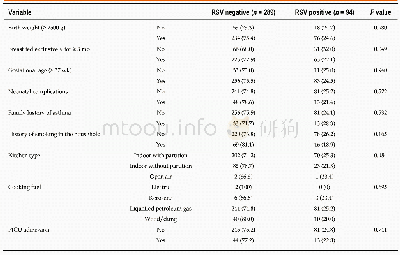《Table 1 PD genetic risk factors》
 提示:宽带有限、当前游客访问压缩模式
提示:宽带有限、当前游客访问压缩模式
本系列图表出处文件名:随高清版一同展现
《Translational Informatics for Parkinson's Disease:from Big Biomedical Data to Small Actionable Alterations》
Table 1 provides a partial lists of previously reported genetic risk factors for familial or sporadic PD,covering single-nucleotide polymorphisms(SNPs),haplotypes,copy number variations,and other polymorphisms.In our Neurodegenerative Disease Variation Database(NDDVD),more than 600 variants in 43 genes associated with PD have been collected[14].Some of the genetic variants could be driver mutations,such as mutations in SNCA and LRRK2.LRRK2is a key player and a common inheritable factor in PD.It encodes leucine rich repeat kinase 2,a kinase involved in the signalling pathways related to neuronal death,and could be a potential therapeutic target for PD[15–17].While other variants are mostly passenger but not driver mutations,they can work together to disrupt the biological system and cause PD [18].At present,both the common disease-multiple rare variant(CDMV)and common disease-common variant(CDCV)hypotheses could be applied to explain the genetic variants for PD[19],and the penetrance of each gene variant may be associated with different populations,ages,genders,ethnicities,etc.Most of the complex cases cannot be reasonably explained yet.The cumulative effects of the variants on PD need to be evaluated on an individual basis.Two challenges remain for the genetic study of PD.The first is the discovery and curation of more variants,as each of them may have only a small effect on the pathogenesis and progression of PD,and the second is the building of models to accurately predict the cumulative effect of these genetic variants.
| 图表编号 | XD00117310300 严禁用于非法目的 |
|---|---|
| 绘制时间 | 2019.08.01 |
| 作者 | Bairong Shen、Yuxin Lin、Cheng Bi、Shengrong Zhou、Zhongchen Bai、Guangmin Zheng、Jing Zhou |
| 绘制单位 | Institutes for Systems Genetics, West China Hospital, Sichuan University、Center for Systems Biology, Soochow University、Center for Systems Biology, Soochow University、Center for Systems Biology, Soochow University、Center for Translational Biomedical Infor |
| 更多格式 | 高清、无水印(增值服务) |





